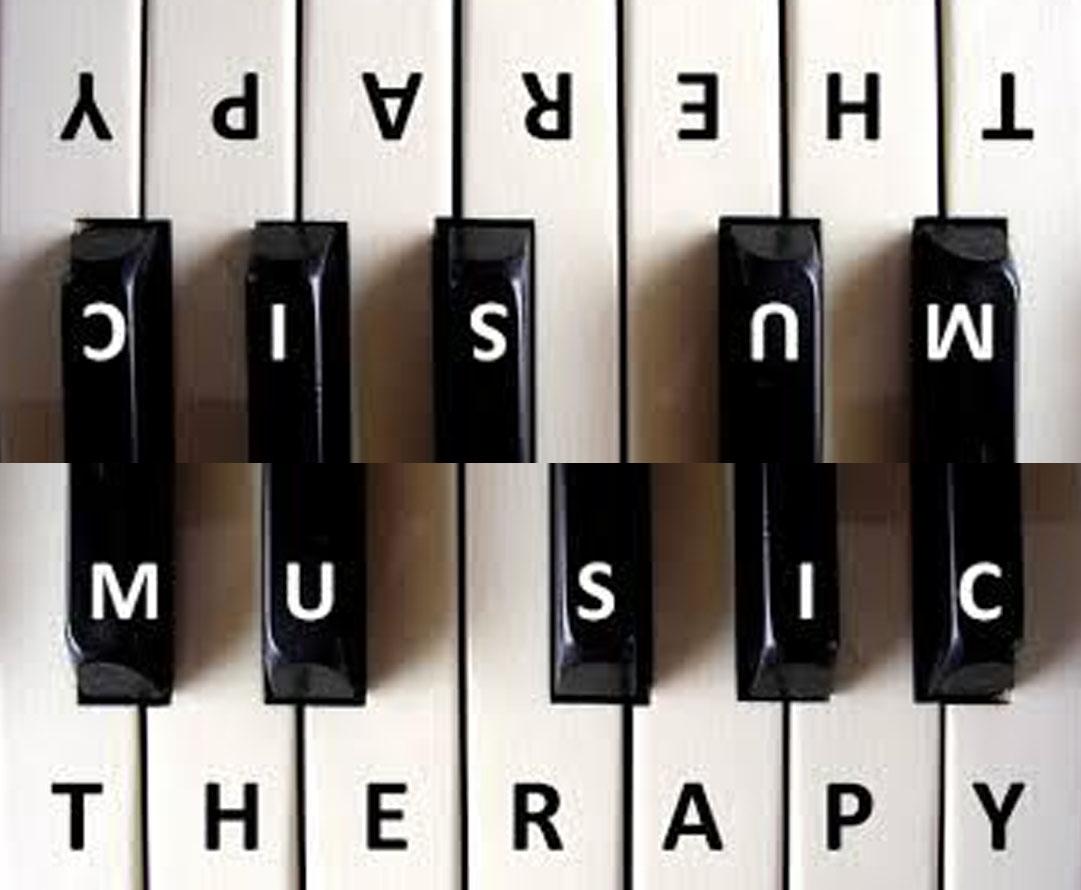“I think music in itself is healing. It’s an explosive expression of humanity. It’s something we are all touched by. No matter what culture we’re from, everyone loves music.” Billy Joel. Allopathy, (the most commonly used system of medicine) is fast on the wane, with most people wanting to try something new. And the good news is that today people can choose from more than a 100 alternative medicines, ranging from traditional Ayurveda to Naturopathy to Aromatherapy to Music Therapy.
Music therapy however, is not a new therapy and has been around for centuries. In the Bible in 1: Samuel: 16:23 we read: “Whenever the spirit from God came on Saul, David would take up his lyre and play. Then relief would come to Saul; he would feel better, and the evil spirit would leave him”
So how does Music therapy work? Experts say it does two things:
1. It acts as an alternative for a sedative, drug or tranquillizers which would be prescribed in allopathy.
2. It is believed to increase the metabolic properties of the human body. It is also said to accelerate our breathing and improve the body’s muscular activities, soothe the Central Nervous System and Circulatory System of the listener as well as of the performer. Music therapy is believed to heal both physical as well as psychosomatic disorders.
Music therapy can be divided into two broad categories: “Active” and “Receptive”. In active music therapy, the therapist and patient (after discussing the problem) get together, and the patients are actually encouraged to create their own music, using their voices, musical instruments, or even everyday objects like, spoons, bottles, pans and pots etc. Therapists say this allows patients to explore their creativity, shed their inhibitions and express themselves through the music they create. This therapy is said to work well for people who are introverted, facing mental blocks, personality disorders or those who have problems expressing themselves.
It has also been said to have achieved good results with autistic children. Receptive therapy on the other hand, needs a more controlled environment and normally takes place in a more relaxed, soothing setting. It is said to work best when the patient is lying down in a dimly lit room and relaxed. Then the therapist plays pre chosen music, to which the patient is asked to listen to with eyes closed, or if they like they can doodle or imagine happy scenes in their mind.
The music used in receptive music therapy could range from calming ragas, classical western music or nature sounds (like waterfalls, wind in the trees etc) for people who are hyperactive, to peppy, happy, feel good uplifting music for people who are depressed or feeling low. Later, once the therapist determines which receptive music works best for them, patients are given recorded CD’s which they can listen to at home.
Corinne Heline (1882-1975) once prophetically quoted: “…man is a musical being. One day he will recognize music as a vital factor in the physical, mental, emotional, and spiritual growth of the whole human race.”
I personally feel that the day has arrived.
– Noel Keymer

